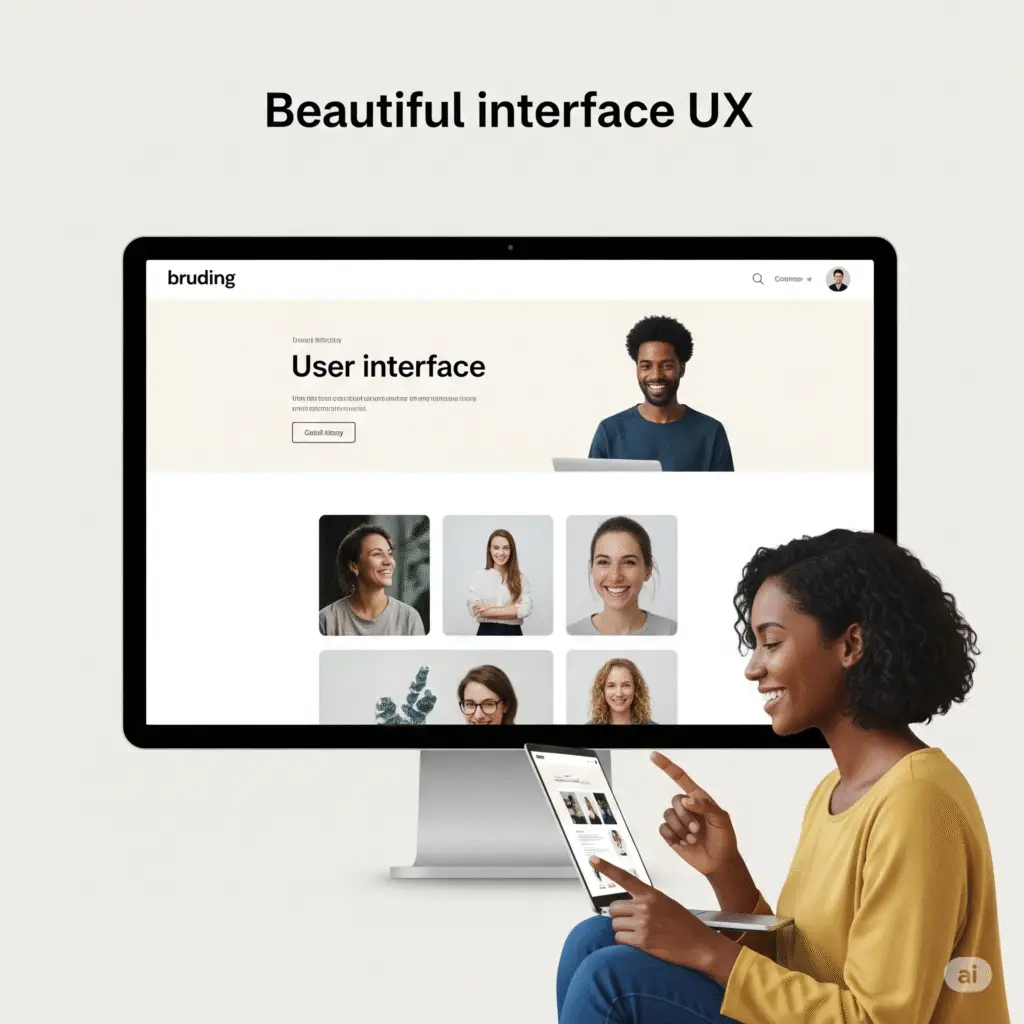Ever heard a new designer proclaim, “I don’t want to do UI design, I just want the ‘essence’ of UX design!”?
It’s as if they imagine UX to be some mystical art of problem-solving and value creation, entirely separate from the pixel-perfect world of user interfaces.
Well, hold onto your wireframes, because we’re about to debunk that myth with a dash of ancient wisdom and a sprinkle of modern design insights.
The Unsung Hero: Visual Design’s Visceral Punch
Let’s rewind to the godfather of UX himself, Don Norman. He laid out design at three fascinating levels: Visceral, Behavioral, and Reflective.
Now, pay close attention to the first one: Visceral. Before a user even touches your meticulously crafted experience, they feel it. That first, gut-level impression? That, my friends, is powered by visual design.Think of it this way: when Mahindra’s design head, Pratap Bose, talks about “Seduction” as the first stage of their car design process, he’s not talking about the engine’s horsepower (yet!). He’s talking about winning hearts with the initial look and feel. Your product needs to make a grand entrance, not stumble in wearing sweatpants.
If your UI doesn’t visually “seduce” the user, they might just swipe left before they even get to appreciate your brilliant problem-solving. It’s like a first date – you wouldn’t show up in a potato sack, would you? (Unless, of course, your target audience prefers potato sacks, which might be a niche market we should discuss.)
More Than Just a Pretty Face: The Strategic Power of UI
Now, it’s true, not everyone is blessed with the visual artistry of a Renaissance painter. And honestly, not everyone needs to be. But for those of you who have that keen eye for aesthetics, for the love of good design, please USE IT TO THE FULLEST! (Yes, that needed capital letters and bold, because it’s that important.)
Dismissing UI design as mere “beautification” is like saying a kingdom’s strong walls are just for show. A robust UI is a strategic asset. It’s the first line of defense in building trust. A clean, intuitive interface screams competence and reliability. It provides clarity, guiding users effortlessly through complex tasks. And perhaps most powerfully, it evokes emotions – delight, ease, confidence – that transform a simple interaction into a memorable experience.
It’s Not UI or UX; It’s UI as UX
So, the next time you hear someone say, “I just want UX, not UI,” gently remind them that UI isn’t some lesser design discipline. It’s not a separate entity; it’s an extension of problem-solving. It’s the tangible, visible manifestation of your brilliant user experience strategy.
You can solve all the problems in the world, but if your solution looks like it was designed in the early 2000s by a particularly uninspired spreadsheet, you’re going to have a hard time winning over users. UI and UX aren’t competing siblings; they’re inseparable partners dancing the tango of user delight. One without the other is just… a lot of awkward shuffling.Let’s elevate our understanding of design education and embrace the full spectrum of what it means to craft truly exceptional experiences. Because, at the end of the day, a well-designed product doesn’t just work well; it feels good, too. And isn’t that the ultimate goal?

